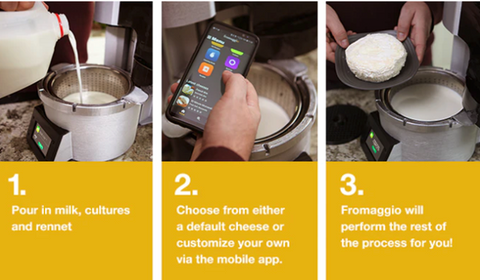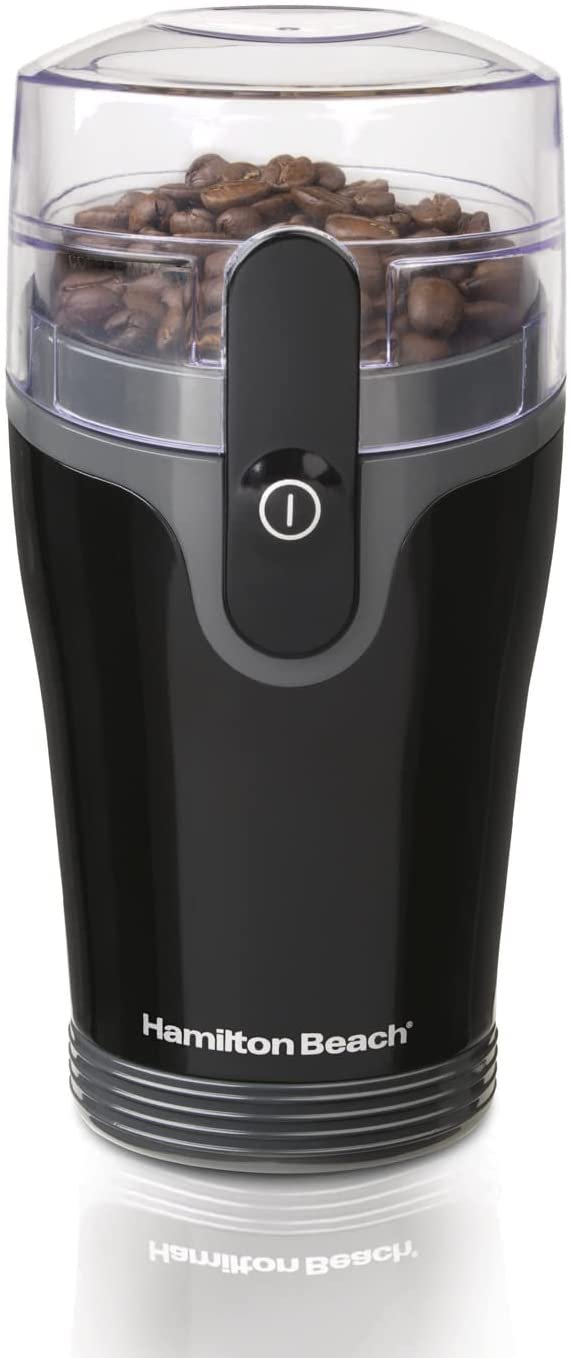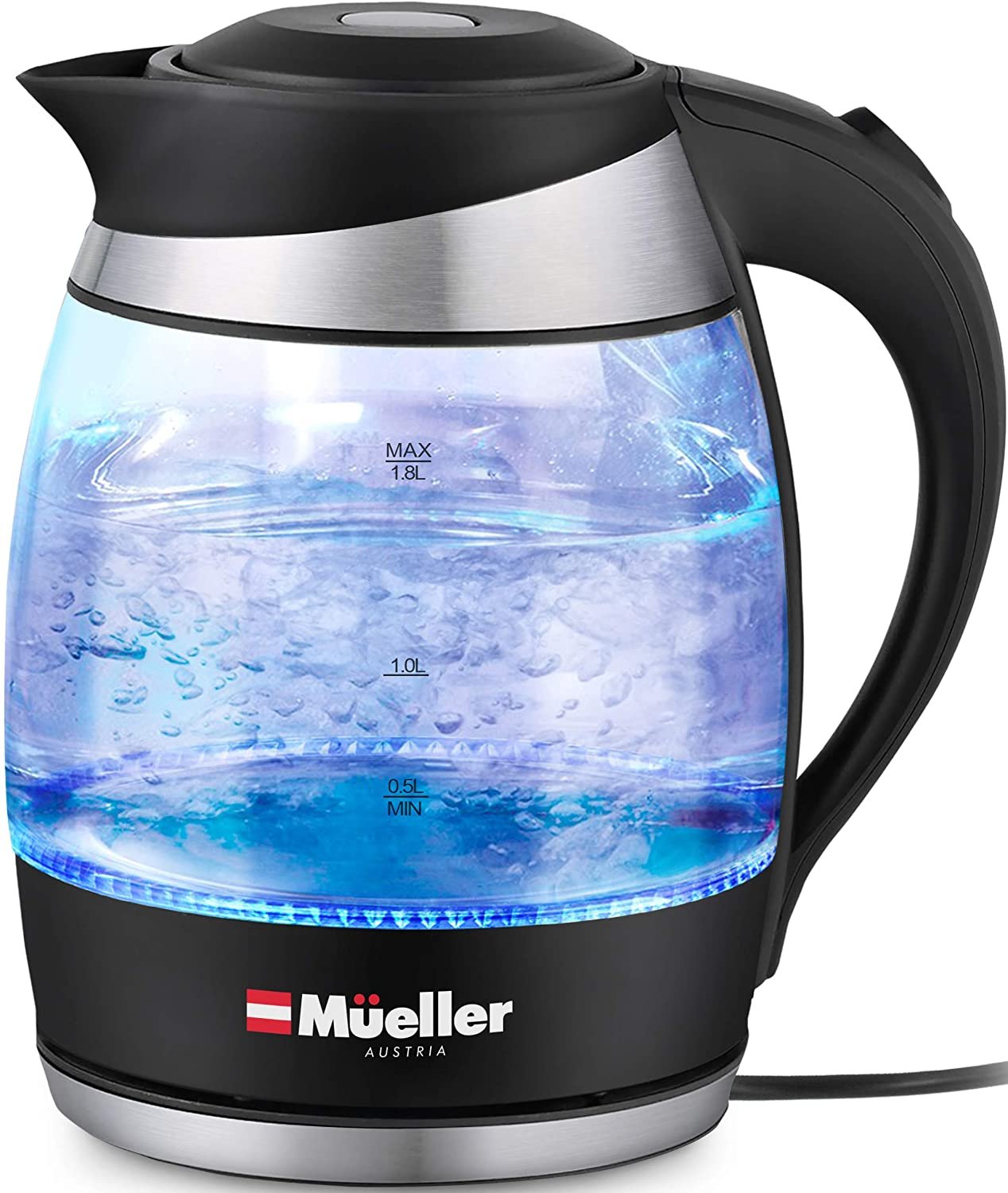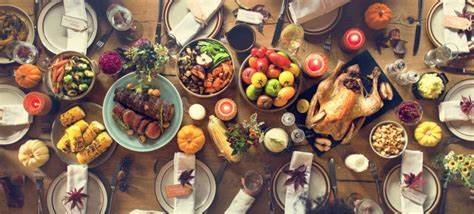What Food Engineers Are Coming Up With Today Can Be In Your Kitchen Tomorrow
Table of Contents:
CocoTerra Tabletop Chocolatier
kitchen. We’ve got all sorts of fun food and drink based tools that you might see in your home kitchen over the next few years. From chocolates, to drinks, to ice cream and cheese, we’re taking a look into the future to see what food engineers are coming up with.
Fromaggio Smart Cheesemaker
Say you have a dinner coming up, and you want to offer up baked brie and fresh mozzarella to your guests. You’re also thinking about some chevre for a salad that you want to serve. Unfortunately for you, your local shop doesn’t carry any brands that you like. What’s worse, it’s difficult to ship cheese, especially when you’re trying to get it to Texas in the summer. You don’t want to go without the cheese course, so what about making your own? The Fromaggio Smart Cheesemaker connects to an app to create almost any type of cheese you can request. It sits on your table and works away while you go on with your life. You can make everything from chevre to yogurt, and many other cow and goat milk cheeses as well. Some cheeses are even able to be made within an hour. According to Fromaggio, the machine is capable of making up to 2lbs of soft cheese or 1lb of hard cheese in a single cycle, for less than it would cost you at the store.
If you’re interested in purchasing your own, Fromaggio is taking pre-orders now, with it estimated to ship in April of 2022.
CocoTerra Tabletop Chocolatier
Not interested in cheeses? What about chocolates? Then you might be interested in the CocoTerra Tabletop Chocolatier. This wonderful tool handles all of the steps needed to make chocolate using the connected mobile app. Whether you’re looking to make specific shapes, or you want to blend your own chocolates, it’s possible with the CocoTerra. The app has many different recipes available for you to begin to learn how to make chocolates, allowing you to exclude ingredients for those with allergies, or to emphasize flavors. In two hours you can make any type of chocolate you can dream up. What’s better is that although the company does offer ingredients and even decorations, you’re not restricted to shopping through them. You can purchase materials from anywhere to make your chocolates. Roughly half a pound of chocolate can be made at one time, which with custom chocolates would be a wonderful night’s feast.
Although we’re note certain when CocoTerra is going to move to mass production, they are offering pre-orders right now hoping to deliver in the Winter of 2022.
Barsys 2.0 Cocktail Machine
It’s been a long day, and all you want is a Negroni. It’s been one of those days. You don’t want to mix it yourself, you really just want it ready for you when you walk in the door. Fortunately, you know that you set up your Barsys Cocktail Machine earlier that day. All you have to do is pull up the Barsys app on your phone and tell it to make it for you when you park in the drive and it will be ready by the time you get inside.
The Barsys is an alternative to having to memorize tons of different recipes, or being uncertain of how much you need of this or that. You can put in up to 5 bottles of liquor and 3 different mixers to create all sorts of drinks in 15 to 30 seconds.
In the interests of full disclosure, we do have to talk a bit about some of the flaws with the Barsys. According to many different sources the Barsys app is buggy and lags when processing requests. It’s also been said that the machine does leak during the mixing process. While these are problems that might deter you from purchasing right now we would still suggest keeping an eye on the company.
If you’re interested in purchasing it you can grab it here from Barsys.
LG Snow White Ice Cream
Think about your friend’s Keurig machine. You insert a pod, and out comes coffee. Now imagine if you will that it’s summer, and you can press a button and get ice cream instead. Insert any combination of flavor and ice cream pods into the LG Snow White and get back a dizzying array of ice cream options. Currently, the flavor pods are expected to include a wide range of common ice cream flavors, and the pods for type will feature ordinary soft-serve, alongside more uncommon types such as gelato and custard. Although we don’t currently have pre-order possibilities or even a launch date, we do know that the testing is going very well and we should see more news as the next year or two goes on.
Mycusini Chocolate 3D printer
Rounding out our list, we’re taking a very different look at chocolates in comparison to the CoCoTerra. This offering from Mycusini allows you to build complicated, edible structures in your own kitchen. Want to make that wonderful chocolate peacock you saw in a magazine? You can.
In contrast to the CoCoTerra, the Mycusini only works with specific types of chocolate, so your ability to use it is limited to the availability of the Mycusini chocolate. The machine does come preloaded with several designs, but they do offer the ability to design and load even more through their Mycusini club.
There are two different versions of the Mycusini, as of writing. The Mycusini 1.0 features a 105mm by 80mm printing area with a maximum height of 50mm (4.1in by 3.1in, 1.9in height)
The Mycusini 2.0 features a 90mm by 90mm square printing area, and updates the original design by having a more robust, enclosed build, and a larger and more user-friendly touch screen display.
Both of them have the ability to use SD cards to download new designs and templates.
If you’re interested in getting a Mycusini for your home to experiment with you can get them here, along with supplies, and other accessories.
The future is full of interesting and surprising possibilities, including the future of your kitchen. Some of these are already available, while others are still in the testing phases and will hopefully come in the near future. All of them are likely to get better with each new iteration. Which kitchen tool of the future are you most excited by? Which one do you think is a bad idea? Let us know over on our Facebook page, we’d love to hear from you.
If on the other hand, you’re dealing with the very real present where you’ve got issues with your current kitchen appliances, we can help! Give us a call at ((214) 599-0055) or set up an appointment on our webpage and we can help you, no need to wait for the distant future. At Appliance Rescue Service we’re here to help you, now and in the future.
Additional Reading:
Cutting Edge Appliance Concepts of the Future
Top 5 Craziest Smartphone Capable Appliances
9 Kitchen Gadgets You Don’t Need



























